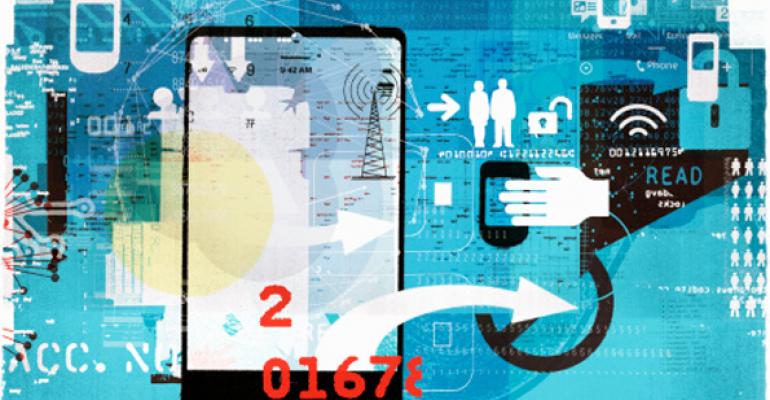It is no cutting-edge revelation that technology is changing the way we do business. It’s as true for property management as it is for any other line of real estate business.
But property managers face a specific challenge in dealing with that reality in that the practice of management is traditionally a face-to-face, hands-on business. How does our growing ability to monitor and respond to issues remotely sync up with that age-old expectation? The answer is the two are not mutually exclusive.
Indeed, property management today is at a juncture at which we split from old methodologies and preconceived notions to follow a new path of efficiency and customer service.
First some facts. As was recorded during an IREM webinar, to best meet today's customers’ expectations, the smartest service teams are making use of specially-designed software and apps on smart devices like iPads, smart phones and many other tools that are coming onto the playing field daily. Doing so can deliver benefits for managers and occupants alike, including a 45 percent increase in productivity and a 44 percent jump in efficiency.
It’s simply a function of the modern 24/7 mode of work. We’re communicating all the time and so doing more through the above-named devices, social media and emails. But remember, so too are all of our occupants, whether those occupants are residential or commercial. Technologies are assisting in all parts of our day, whether it’s remote meeting capabilities, lease renewals, virtual building tours or online banking.
We all want service, but we want it done quickly and efficiently. The tools available to us today make us as property managers more proactive than ever before while simultaneously making us more responsive to the needs and wants of our constituents. Everyone gains.
Well, not everyone. While the cost of technology is generally always coming down, certain systems, such as remote applications for monitoring building equipment, can carry hefty price tags. And there are those of the older guard who might balk at the expense or at the very challenge of doing things other than how they were done years ago. Their choice is to render themselves irrelevant or to keep up in order to increase their own profit margins.
And we must note here the overplayed hype of Milennials and technology. Yes, the generation that is taking hold of a greater percentage of the workforce is savvier than all others as to the applications of technology, and indeed, they do reinforce its need. But, by-and-large, they are not as yet in decision-making capacities, not at least in business. No, tech is advancing on its own. We’re all merely adopters.
At IREM’s Leadership & Legislative Conference in Washington DC earlier this year, keynote speaker John Santora, of Cushman & Wakefield, made an important point about relationships. He said that if a manager has to introduce himself to the building receptionist, she or he is not doing their job.
The importance of having a face-to-face presence will never go away. But more than ever, it’s presence with a purpose. We’re in a new day of management where our frontline constituents—our occupants—recognize and appreciate the efficiency of our operations as much as our onsite presence. After all, they’ve experienced the power of tech in every other aspect of their lives. They expect it in their building operations as well.
The essentials of good management will never change. The tools available to us today simply allow us to employ those essentials in a way that makes sense.
 With more than 30 years of property management experience, Chris Mellen, CPM, is 2016 president of the Institute of Real Estate Management. Mellen is also vice president of property management for the Boston-based Simon Companies, supervising the day-to-day operations of all properties in the firm’s portfolio.
With more than 30 years of property management experience, Chris Mellen, CPM, is 2016 president of the Institute of Real Estate Management. Mellen is also vice president of property management for the Boston-based Simon Companies, supervising the day-to-day operations of all properties in the firm’s portfolio.





